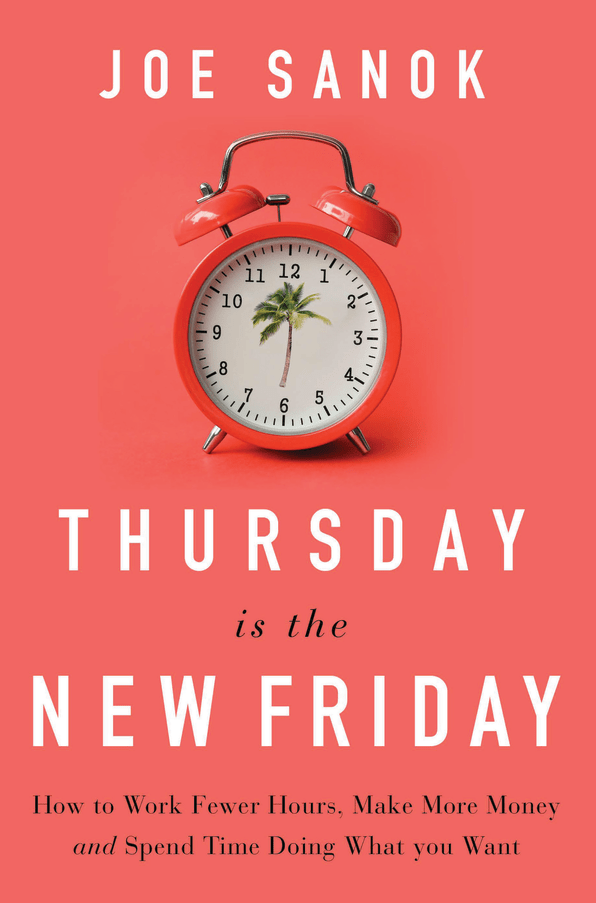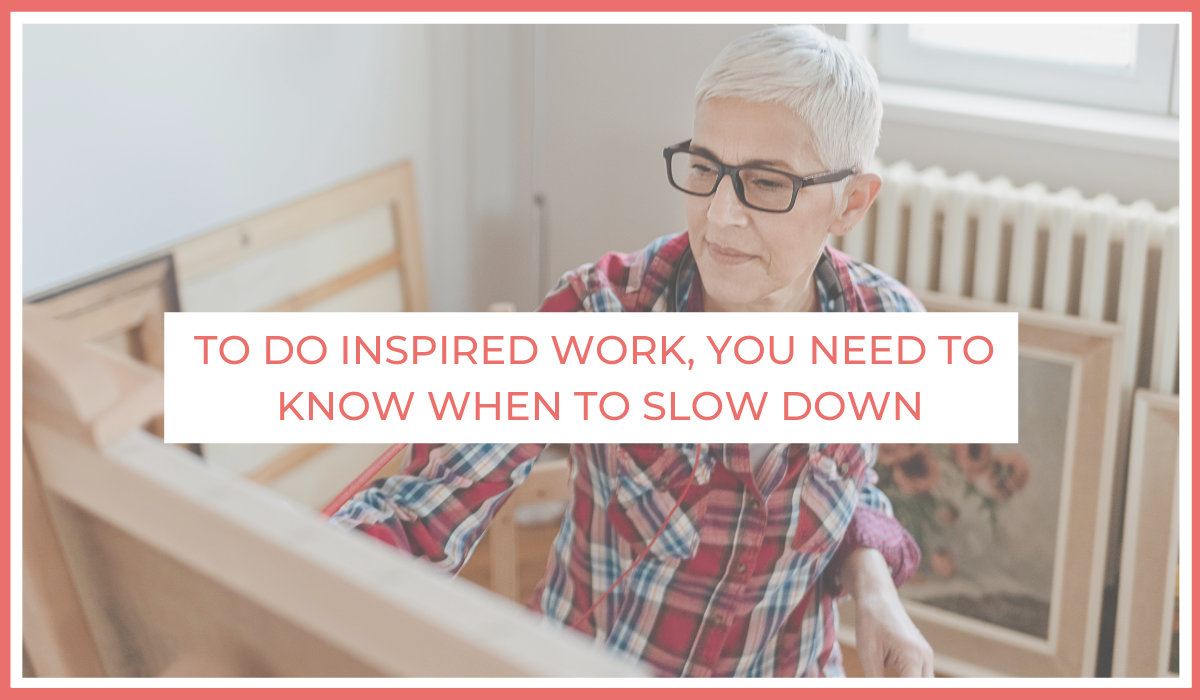Running at maximum speed only produces good results when you invest in recovery, writes Joe Sanok in his new book.
Recently, my friend said something to me that had been reiterated several times during the pandemic lockdown: “All we have is time.” The topic of the conversation eludes me, but those words really rang true in that moment.
Again: “All we have is time.” We always had the time, and we had just misappropriated it. I think about school and my kids. They would wake up at 6:45 a.m. We’d have to be leaving by 7:40 to get to school by 8:00. If traffic was light, I’d get back home or to the gym by 8:30. Then, for the 3:00 p.m. pickup, we’d have to leave by 2:40 and typically returned by 3:30. They’d then have homework and maybe be done with that by 4:15. We spent more than three hours getting ready, driving, picking up, and completing homework.
But our homeschooling was an hour of reading and writing, an hour of math, and then several hours of following their curiosity. My work schedule continued to be three days a week during the lockdown. So, unlike many other people, we had plenty of time to find a rhythm with work, schooling, and family time.
But much of this was by design—in fact, years of design. We had been undoing social norms and expectations to ask how we could optimize all our brains and lives within the family.
The conventional view, which has the fingerprints of the Industrialists all over it, looks like this:
Work 40 or more hours per week, Monday through Friday. In addition to the actual work time, spend two hours before work commuting, getting ready, packing lunches, and getting the kids off to school. After work, commute home, get the kids’ homework going, make a healthy meal (or if you’re stressed get take-out), spend an hour doing something you enjoy if you are lucky, and then get the kids ready for bed. If you have the energy, watch Netflix and drink some wine and call it a “date night” with someone you love. Repeat until Friday. Then on the weekend, straighten the house, attend a soccer game, maybe go out with friends. On Sunday, start to feel anxiety and stress about the coming week. Get some groceries and plan the coming week.
You’ll feel happy from 4:00 p.m. on Friday, while anticipating the weekend, until about dinnertime on Saturday when you begin to brace yourself for the coming workweek. That’s what you’re allowed, 26 hours of time that you feel free.

Recently on the “Making Sense” podcast, host Sam Harris was interviewing Daniel Markovits, author of The Meritocracy Trap. Markovits noted that the super rich are now working significantly more hours than the previous generation of wealthy people. Hours worked is the new status symbol of the rich. If all we have is time, why do many of us feel so busy?
I remember the story of the race between the tortoise and the hare. The tortoise starts out really slow. The hare almost gets to the finish line but becomes arrogant in his lead and decides to sit next to a tree. The hare falls asleep, and the slow and steady tortoise passes the hare to win the race.
The point of this story is to teach perseverance and to see value in other ways of being when the addiction to speed compels us to rush through everything.
Our need to do everything quicker, to seamlessly multitask, and to always be “on” to meet growing demand can feel like accomplishment. The approach that I teach certainly values hard work and forward movement, but all while balancing the need to slow down to recover, regroup, and allow for insight about what you should most be engaged in.
I’m rooting for the hare. The hare runs his fastest, but he knows when to stop and relax a bit. He just needed to set a timer to wake up. It’s the tortoise that represents the nonstop movement narrative. Be slow and steady, instead of inspired and tired.
I’ll take being inspired and tired any day. It’s the difference between playing music in the background all day and intentionally choosing to listen to music. When it’s just playing, you tune it out, go in and out of your thoughts, and it’s just a layer of your environment. Whereas, when you intentionally listen to dance music with your kids or friends, you jam to every song. Each song is the focus.
The tortoise represents nonstop movement; the hare is inspired and tired. As professionals set up their practices, or as anyone makes the move from a more structured environment in their job to owning their own business, it is easy to stay too busy to notice little things or have any deep thoughts about what you are doing. In other words, you may be living what you thought was your dream, but are you creating the time to take it all in?
Before we can learn to slow down, we need to recognize and deconstruct the barriers blocking our way. These blocks include nonstop access. We can have almost anything instantly and, as a result, we’ve created a world where we are available nonstop. Businesses can create profits all day and night, and our natural brain pacing is disrupted.
Our brains are wired less like the tortoise’s and more like the hare’s. In general, we’re better at sprinting toward goals and then resting. Nonstop movement (even if it is slow like the tortoise) is not natural. As a society, we’re addicted to nonstop movement forward. We feel like we have to do something, rather than rest. The hare actually got it right.
Excerpted from Thursday is the New Friday: How to Work Fewer Hours, Make More Money, and Spend Time Doing What You Want by Joe Sanok Copyright © 2021 by Joe Sanok. Published with permission from HarperCollins Leadership.
Joe Sanok is a psychotherapist and author. He also hosts the podcast “The Practice of Practice,” where he interviews authors, scholars, experts, business leaders, and innovators.

